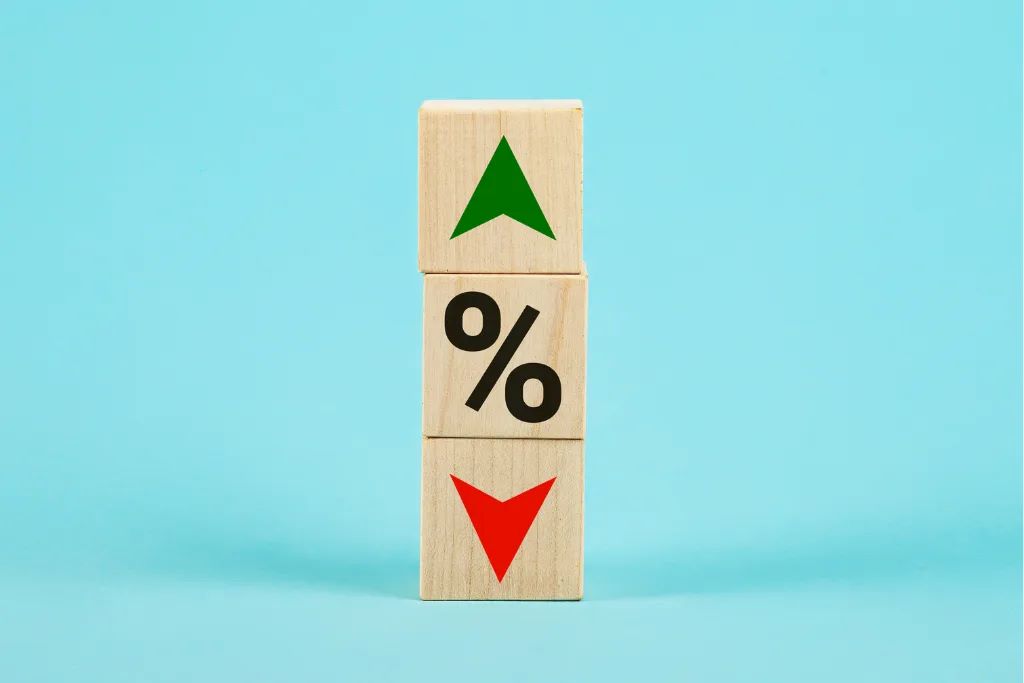
In March 2025, Tanzania’s financial system experienced a moderate tightening in borrowing conditions, with the overall lending rate rising to 15.50%, up from 15.14% in February 2025. Short-term loans (up to 1 year) averaged 15.83%, while medium-term loans (1–3 years) rose above 16%, reflecting higher credit risk pricing. In contrast, negotiated lending rates for prime borrowers declined to 12.94% from 13.42%, indicating competitive conditions for low-risk clients. On the deposit side, returns eased due to improved liquidity, with the 12-month deposit rate dropping sharply to 8.14% from 9.48%, and the negotiated deposit rate falling to 10.35% from 11.40%. Consequently, the interest rate spread widened to 7.69 percentage points, compared to 6.29 points in February, highlighting growing bank profit margins and a cautious credit outlook.
1. Lending Interest Rates (TZS Loans)
| Lending Rate Category | Feb 2025 (%) | Mar 2025 (%) | Trend |
| Overall Lending Rate | 15.14 | 15.50 | ⬆ Slight increase |
| Short-term (≤ 1 year) | 15.77 | 15.83 | ⬆ |
| Medium-term (1–2 years) | 16.06 | 16.56 | ⬆ |
| Medium-term (2–3 years) | 15.53 | 16.44 | ⬆ |
| Long-term (3–5 years) | 14.09 | 14.32 | ⬆ |
| Term Loans (over 5 years) | 14.25 | 14.36 | ⬆ |
| Negotiated Lending Rate | 13.42 | 12.94 | ⬇ Decreased |
Interpretation: Lending rates rose slightly across most loan durations in March 2025, reflecting cautious pricing due to liquidity costs and credit risk. However, negotiated rates (for prime borrowers) declined, indicating banks' willingness to offer competitive rates to low-risk clients.
2. Deposit Interest Rates (TZS Deposits)
| Deposit Rate Category | Feb 2025 (%) | Mar 2025 (%) | Trend |
| Savings Deposit Rate | 2.98 | 2.86 | ⬇ Slight drop |
| Overall Time Deposit Rate | 8.13 | 8.00 | ⬇ |
| 12-Month Deposit Rate | 9.48 | 8.14 | ⬇ Sharp drop |
| Negotiated Deposit Rate | 11.40 | 10.35 | ⬇ |
Interpretation: Deposit rates declined slightly, particularly the 12-month and negotiated deposit rates, due to improved liquidity conditions in the banking system, reducing banks' need to compete for deposits.
3. Short-Term Interest Rate Spread
Implication: A widening spread suggests improved bank profitability on new lending, but may also imply tighter borrowing conditions for depositors.
In March 2025, lending interest rates slightly increased, while deposit rates softened due to ample liquidity. The negotiated lending rate dropped to 12.94%, showing room for favorable terms for low-risk borrowers. These trends reflect active monetary management and a stable credit environment.
1. Borrowing Costs Are Slightly Rising
2. Preferred (Low-Risk) Borrowers Still Get Better Deals
3. Depositors Are Getting Lower Returns
4. Wider Interest Rate Spread = Higher Bank Profit Margins
Overall Interpretation
The data shows a stable but cautious banking environment in Tanzania. Banks are raising lending rates slightly to manage risks and inflation, while lowering deposit rates as liquidity improves. However, prime borrowers still enjoy favorable terms, and banks are earning more from the gap between what they pay and what they charge.